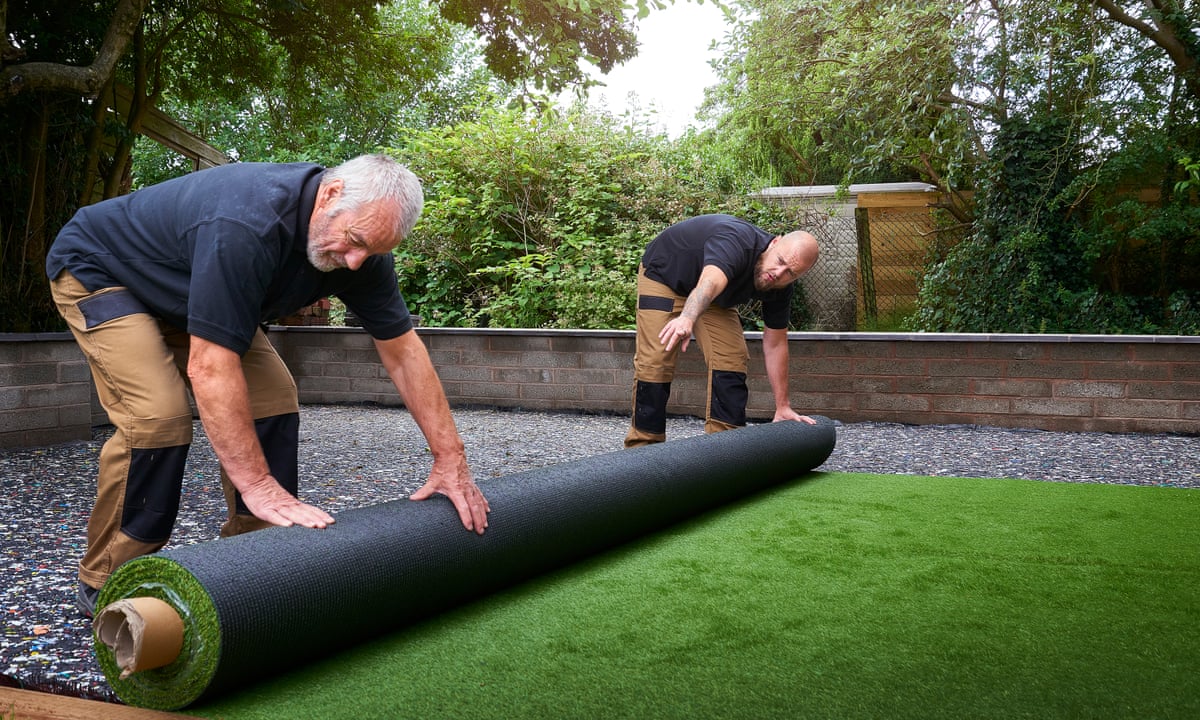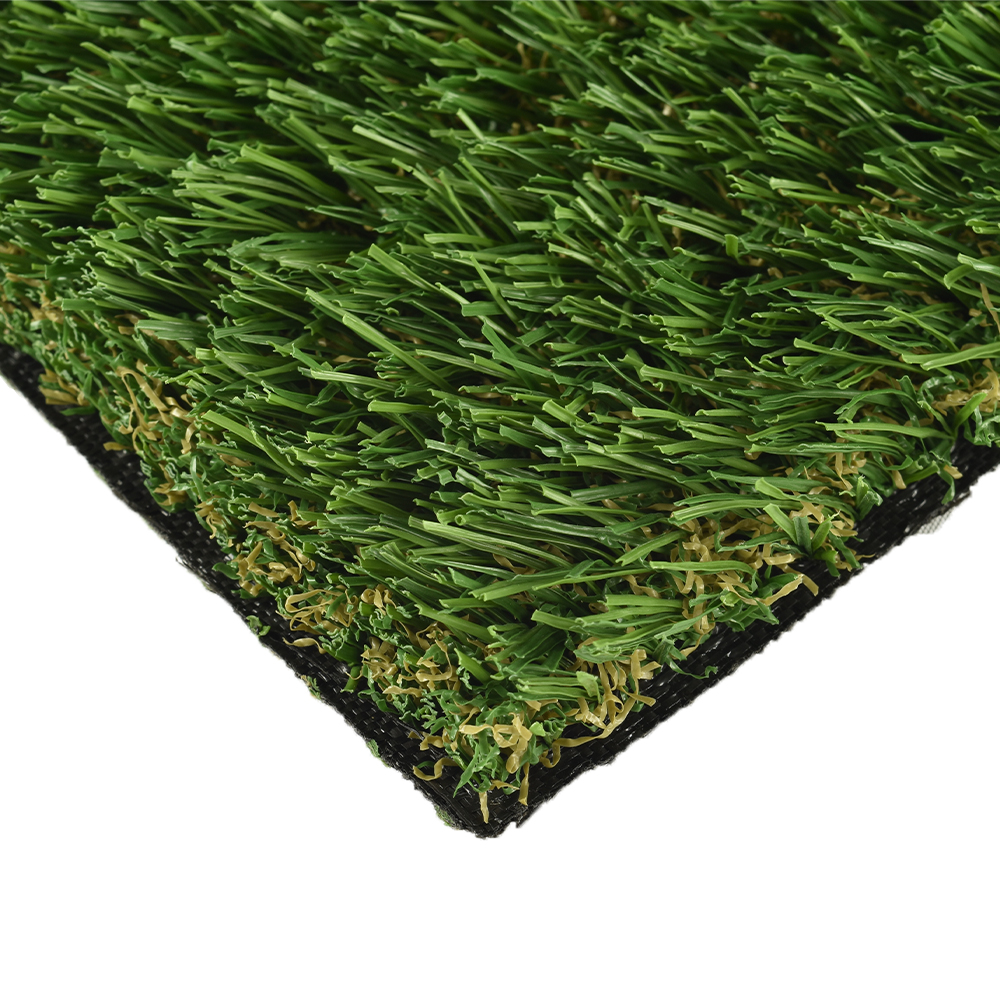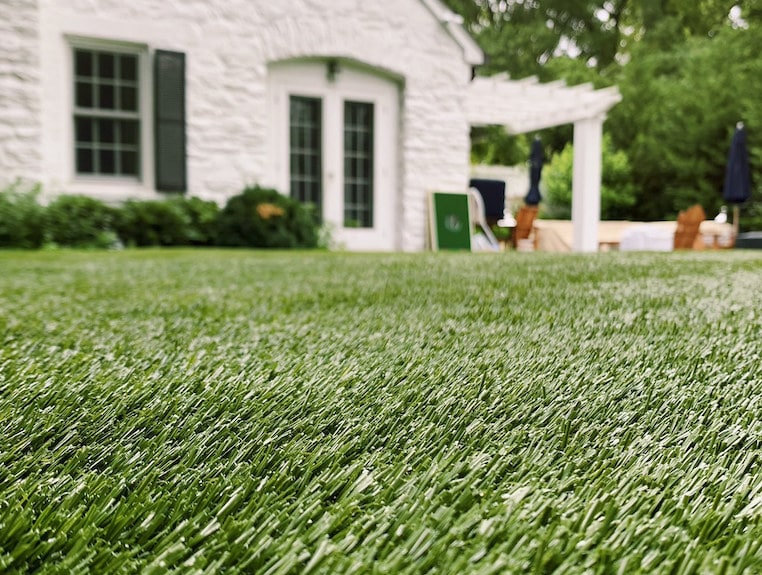Leading Phoenix Turf Companies Offering Superior Synthetic Grass Solutions
Leading Phoenix Turf Companies Offering Superior Synthetic Grass Solutions
Blog Article
Explore the Environmental Conveniences of Opting for Synthetic Grass Solutions
The fostering of fabricated turf solutions offers an engaging possibility to address pushing environmental challenges. By dramatically decreasing water usage and reducing the application of unsafe chemicals, these options not only advertise sustainable landscaping yet also protect local ecological communities. Furthermore, the reduced carbon footprint connected with decreased maintenance tasks adds to a much more lasting method to land management. The ramifications of these benefits extend beyond simple conservation initiatives, raising concerns concerning their lasting impact on environment conservation and general eco-friendly equilibrium. Checking out these measurements discloses an intricate interaction worth thinking about.
Water Preservation Benefits
Among the most considerable benefits of man-made turf is its capacity to preserve water. Traditional turf lawns call for substantial irrigation, especially in locations vulnerable to drought or water constraints. On the other hand, synthetic grass does not require watering, dramatically lowering the total need for water sources. This feature is particularly valuable in arid areas where water deficiency is a pressing worry.
By getting rid of the requirement for routine watering, man-made grass adds to sustainable landscape methods and aids minimize the ecological effect of too much water intake. In addition, the conservation of water includes the reduction of overflow, which can bring about dirt erosion and waterway contamination.
Furthermore, the setup of synthetic grass allows house owners and municipalities to assign water sources a lot more successfully, concentrating on vital uses such as drinking water and farming. The shift towards synthetic grass not only advertises responsible water use however likewise lines up with wider environmental objectives aimed at maintaining natural deposits.
As communities significantly prioritize sustainability, the water conservation advantages of synthetic grass present a compelling case for its adoption in business and property landscaping jobs.
Minimized Chemical Use
The change to artificial lawn substantially reduces the dependence on chemical therapies commonly made use of in all-natural yard maintenance. Typical lawn administration commonly entails the application of fertilizers, pesticides, and herbicides to promote growth and control parasites. These chemicals can present threats to human health, regional wildlife, and the environment, adding to soil and water contamination.
In contrast, synthetic grass eliminates the demand for these harmful substances. By lessening the release of synthetic substances into the ecosystem, artificial grass advertises healthier dirt and water systems.
Moreover, the lack of chemical drainage connected with synthetic grass setups aids secure local rivers from pollution, supporting water life and maintaining biodiversity. Arizona artificial turf. As neighborhoods increasingly prioritize sustainable techniques, going with fabricated lawn offers a sensible service that lines up with environmental conservation objectives. With this change, home owners can appreciate lavish environment-friendly rooms without compromising eco-friendly health and wellness, leading the way for an extra sustainable future
Lower Carbon Footprint

Additionally, the installation of synthetic grass can lead to substantial water conservation. All-natural grass need substantial quantities of water for watering, which not just contributes to the carbon impact linked with water removal and therapy yet additionally stress neighborhood water resources. On the other hand, synthetic grass needs minimal upkeep, needing no watering, thereby considerably minimizing water use and its connected power prices.
Furthermore, the longevity of synthetic grass contributes to its lower carbon effect. With a lifespan of as much as 15 years or more, the demand for regular substitutes is decreased, causing much less waste and reduced power usage in production and getting rid of standard lawn choices. Overall, artificial grass presents a sustainable option for ecologically aware landscaping.
Environment Preservation
Habitat preservation is a crucial consideration in the dispute over landscaping choices, particularly when comparing synthetic grass to natural yard. Natural lawn yards commonly call for extensive maintenance, consisting of the usage of plant foods, herbicides, and chemicals, which can adversely impact regional communities. These chemicals can leach right into the dirt and rivers, harming native flora and fauna and disrupting local habitats.
Fabricated grass eliminates the need for dangerous chemicals, consequently safeguarding close-by wildlife and preserving the stability of bordering environments. The installation of synthetic grass can lead to the conversion of previous grass locations into even more biodiverse landscapes, such as pollinator yards or native plant areas, which can sustain local wildlife.
Inevitably, the transition to synthetic grass not just conserves click site water and minimizes upkeep efforts yet likewise promotes a more harmonious connection in between human activities and the natural surroundings, promoting environment preservation in the procedure.
Long-Term Sustainability
Lasting sustainability is an essential element in reviewing the advantages of fabricated turf over standard turf lawns. Among one of the most considerable advantages of man-made grass is its longevity; it can last up to 15-20 years with marginal maintenance, whereas natural look at here yard needs constant reseeding and replacement. This longevity lowers the requirement for continuous resources, such as water, fertilizers, and pesticides, which are necessary for maintaining a healthy turf lawn.
Additionally, synthetic grass adds to a reduction in carbon exhausts related to yard treatment tools. Standard yards often need gas-powered mowers, leaners, and blowers, all of which contribute to air pollution. Arizona artificial turf. In contrast, synthetic grass eliminates the need for such devices, promoting a cleaner atmosphere
In addition, the production of synthetic turf progressively makes use of recycled products, improving its sustainability account. As producers adopt environmentally friendly practices, the ecological footprint of synthetic grass continues to diminish.

Verdict
The adoption of synthetic grass solutions offers substantial ecological benefits, including substantial water conservation, minimized dependence on harmful chemicals, and a lower carbon footprint. Additionally, synthetic grass aids in protecting all-natural environments by reducing land disturbance and promoting lasting sustainability via the use of long lasting materials. Jointly, these elements highlight the potential of synthetic grass to add positively to environmental wellness and use a feasible alternative to traditional landscape design techniques in a significantly resource-conscious world.
In comparison, synthetic lawn does not need watering, considerably decreasing the overall need for water sources. By lessening the release of artificial compounds into the ecological community, artificial grass promotes much healthier soil and water systems.
Moreover, the installation of man-made lawn can result in considerable water conservation. In comparison, synthetic lawn needs very little upkeep, needing no watering, thus significantly lowering water use and find here its linked energy expenses.

Report this page